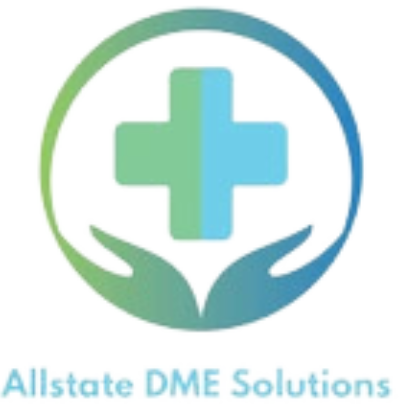
The global landscape for medical supplies has undergone a transformative shift in recent times. Businesses, both large and small, find themselves at the crossroads of adaptation. This article aims to explore the nuances of this change, offering insights and strategies to navigate the evolving demand for medical supplies.
Setting the Stage for Change
The medical supply industry has traditionally been stable, but recent events have disrupted the status quo. Understanding the factors driving this change is crucial for businesses aiming to stay ahead.
Analyzing the Shift in Medical Supply Demand
In this section, we delve into the current state of medical supply demand. Examining statistical trends and market reports provides a comprehensive overview of the shifts that businesses need to adapt to promptly.
Understanding Key Drivers
Explore the various factors influencing the change in demand, from global health crises to advancements in medical technology. A deeper understanding of these drivers is essential for devising effective strategies.
Navigating the Turbulent Waters
Businesses face unprecedented challenges in adapting to the changing demand for medical supplies. Identifying and addressing these challenges head-on is vital for sustained success.
Pivoting for Success
Adaptation strategies are crucial for businesses aiming not just to survive but to thrive in the evolving medical supply landscape. This section provides actionable insights for recalibrating business strategies.
Embracing Technological Advances
Innovations in the medical supply chain are pivotal for adaptation. Explore the latest technological advancements and how businesses can leverage them for increased efficiency.
Surviving and Thriving
Small businesses often face unique challenges. This section focuses on case studies and success stories, demonstrating how small enterprises can not only survive but thrive in this dynamic environment.
Meeting Evolving Expectations
Consumer behavior has shifted significantly. Understand the changing expectations of consumers and how businesses can meet these demands for improved customer satisfaction.
Building a Robust Infrastructure
Supply chain resilience is crucial in adapting to changing demand. Explore strategies for building a robust infrastructure that can withstand unforeseen challenges.
Adhering to Compliance
Government regulations play a pivotal role in the medical supply industry. Stay informed about compliance requirements and ensure your business operations align with these regulations.
Leveraging Online Platforms
E-commerce has become a game-changer. Understand the role of online platforms in the medical supply industry and how businesses can leverage them for increased reach and efficiency.
Real-Life Examples of Successful Adaptation
Case studies provide valuable insights into businesses that have successfully adapted to the changing demand for medical supplies. Learn from real-life examples for practical implementation.
Anticipating Changes in the Medical Supply Landscape
Looking ahead is essential. Explore future trends in the medical supply industry, allowing businesses to stay ahead of the curve and proactively adapt to upcoming changes.
Addressing Common Queries
Can small businesses survive the changing medical supply landscape?
Small businesses not only can survive but thrive by embracing innovation, streamlining operations, and leveraging digital platforms. Success stories attest to the adaptability of smaller enterprises.
How can businesses ensure supply chain resilience?
Ensuring supply chain resilience involves diversifying suppliers, embracing technology, and having contingency plans. This proactive approach safeguards businesses against disruptions.
What role does e-commerce play in the medical supply industry?
E-commerce is a crucial channel for reaching a wider audience and optimizing operations. Businesses should explore online platforms to enhance visibility and customer accessibility.
How can businesses stay compliant with evolving regulations?
Staying compliant involves regular updates on regulations and implementing robust internal processes. Establishing a compliance culture within the organization ensures adherence to evolving standards.
Are there specific technological advancements impacting the medical supply chain?
Technological advancements like blockchain for traceability, IoT for real-time monitoring, and AI for predictive analytics are transforming the medical supply chain, enhancing efficiency and reducing errors.
What are the key consumer behavior shifts in the medical supply industry?
Consumers now prioritize transparency, sustainability, and convenience. Businesses should adapt by providing clear information, sustainable practices, and seamless purchasing experiences.
Conclusion
In conclusion, adapting to the changing demand for medical supplies requires a proactive and strategic approach. By understanding the current landscape, anticipating future trends, and implementing innovative solutions, businesses can not only survive but thrive in this dynamic industry.




